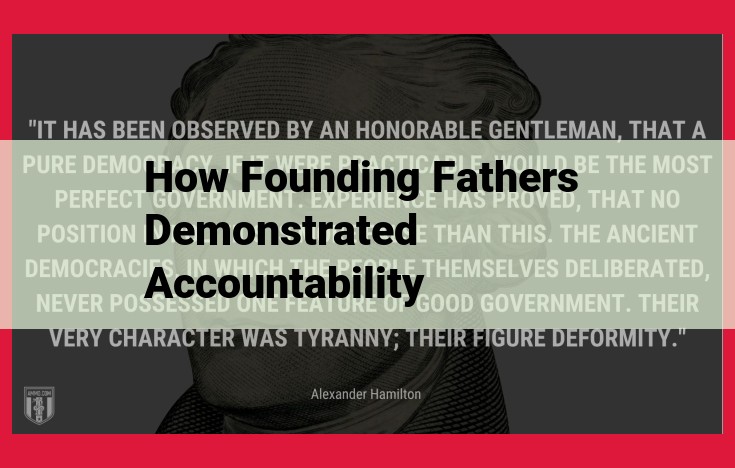Advanced weaponry revolutionized warfare during the New Imperialism era. Rifles, machine guns, artillery, and naval ships increased accuracy, range, and firepower, leading to transformative infantry and naval tactics. Industrialization, transportation, and communication advancements enabled mass production and rapid deployment of troops and resources. Professionalized armies, specialized training, and skilled military leaders further enhanced military prowess, aiding European powers in their colonial conquests.
Advancements in Weaponry and Equipment: Unlocking the Power of Modern Warfare
The Dawn of a New Era
The 19th century witnessed an unprecedented revolution in the annals of warfare, marked by unimaginable advancements in weaponry and equipment. The introduction of rifles, machine guns, artillery, and naval ships forever altered the landscape of battle, ushering in an era of unprecedented accuracy, extended range, and unmatched firepower. These technological innovations not only transformed the face of war but also set the stage for the conflicts that would shape the 20th century.
The Precision of Rifles
Rifles replaced muskets as the standard infantry weapon, offering superior accuracy and range. Their rifled barrels imparted a spinning motion to the bullet, stabilizing its flight and greatly increasing its precision. Soldiers could now engage enemies at distances far exceeding those possible with smoothbore muskets, making massed infantry charges obsolete.
The Ferocious Machine Gun
The Gatling gun, invented in 1862, was the precursor to the modern machine gun. Its rapid-fire mechanism could unleash a torrent of bullets, decimating enemy ranks and forcing them to seek cover. Machine guns became a game-changer in trench warfare, pinning down soldiers and making frontal assaults suicidal.
The Thunder of Artillery
Artillery evolved from the crude cannons of the past into sophisticated, long-range weapons. Their explosive shells could inflict massive damage on fortifications and troops alike. Artillery played a pivotal role in sieges, pounding enemy positions into submission and paving the way for infantry attacks.
The Dominance of Naval Ships
The 19th century also saw the rise of ironclad warships, protected by thick armor plating and equipped with powerful guns. These floating fortresses revolutionized naval warfare, enabling nations to project power across vast oceans and engage in battles with unprecedented ferocity. The introduction of torpedoes and submarines further enhanced the lethality of naval fleets.
Evolution of Tactics and Strategy in Warfare
The advent of new weaponry and technologies during the 19th century profoundly transformed the strategies and tactics employed in warfare.
Infantry Tactics
Rifles, machine guns, and artillery revolutionized infantry warfare, increasing the range, accuracy, and firepower of soldiers. This led to the development of trench warfare, where opposing armies dug in and engaged in prolonged battles of attrition. Fire-and-movement maneuvers were also introduced, allowing infantry to advance under covering fire and engage in close-quarters combat.
Naval Warfare
The introduction of armored ships and submarines dramatically altered naval warfare. Ironclads, protected by thick armor plates, could withstand enemy fire and carry heavy armament, making them formidable adversaries. Submarines, on the other hand, offered a stealthy and devastating weapon for attacking enemy ships. These advancements necessitated the development of new naval doctrines, emphasizing concentration of firepower and tactical maneuvering.
Colonial Warfare
The technological innovations in weaponry and strategy also had a significant impact on colonial warfare. European powers, with their superior weapons and tactics, were able to subjugate and exploit territories in Africa, Asia, and the Americas. The decimation of indigenous populations and the establishment of colonial empires were made possible by the overwhelming military advantage that these innovations provided.
Technological Enablers of Military Prowess: The Industrial Revolution’s Impact on Warfare
The Mass Production Arsenal:
The Industrial Revolution fueled a military transformation like never before, enabling the mass production of weapons, equipment, and supplies on an unprecedented scale. This surge in output sustained the growing armies and navies that would clash in the global conflicts to come. Factories churned out rifles, machine guns, and artillery, arming soldiers with firepower unthinkable in previous eras.
Transportation Revolutionizes Deployment:
Just as crucial were advancements in transportation. The advent of railroads and steamships shattered the limitations of troop movement. Soldiers could now be rapidly mobilized and deployed to distant battlefronts, opening up new theaters of war and enabling the projection of military power across vast distances.
Communication: The Key to Coordination:
Communication technologies also played a pivotal role. The telegraph and field telephone allowed commanders to coordinate operations in near real-time, streamlining decision-making and ensuring that troops were on the same page. Intelligence gathering also benefited immensely, with information flowing more quickly from the front lines to headquarters, enabling commanders to adapt to changing conditions swiftly.
The Transformation of Military Personnel: A Catalyst for Warfare’s Evolution
As warfare advanced in the 19th century, so did the soldiers who fought it. The advent of new weaponry, tactics, and technology demanded a professionalization of military forces, leading to the establishment of standing armies and the development of military academies.
Soldiers and sailors underwent rigorous training to master the intricacies of new weapons and tactics. They specialized in various roles, from artillerymen and engineers to cavalrymen and sharpshooters. This specialization enhanced the efficiency and effectiveness of armies on the battlefield.
Military leaders emerged as pivotal figures in shaping the course of warfare. They possessed strategic brilliance and exceptional leadership skills. Generals like Napoleon Bonaparte and admirals like Horatio Nelson inspired their troops to unprecedented heights of valor and discipline. Their innovative tactics and maneuvers revolutionized the art of war.
The professionalization of military personnel had a profound impact on warfare’s evolution. It fostered a culture of excellence, driven by discipline, training, and a dedication to the art of war. These transformed soldiers and sailors became the instruments of victory for nations seeking territorial expansion and strategic dominance.




